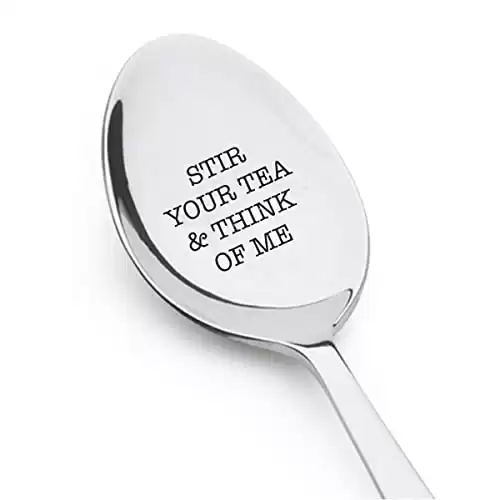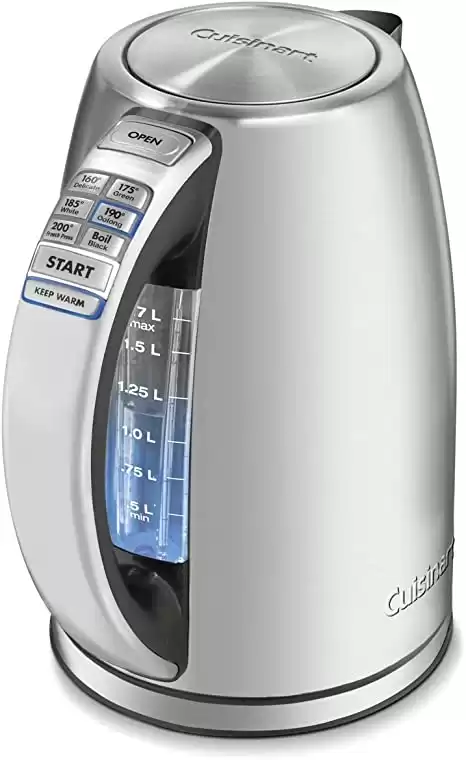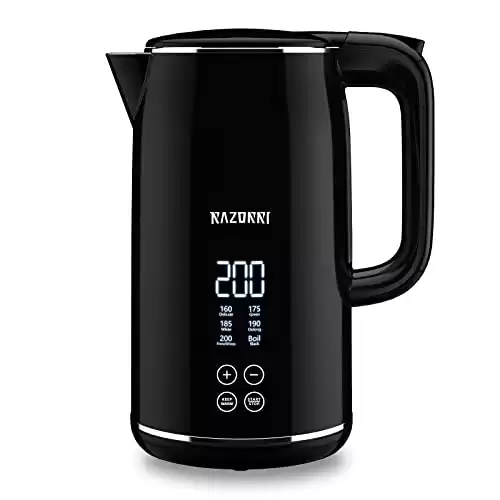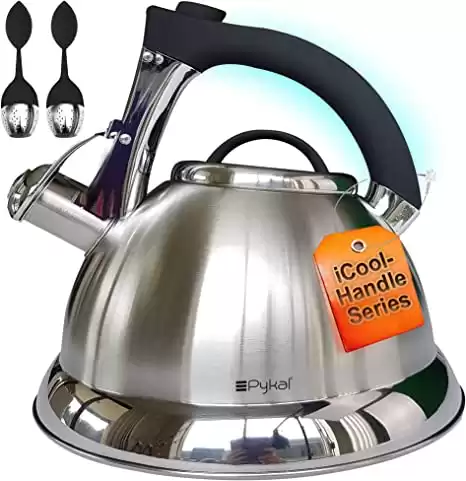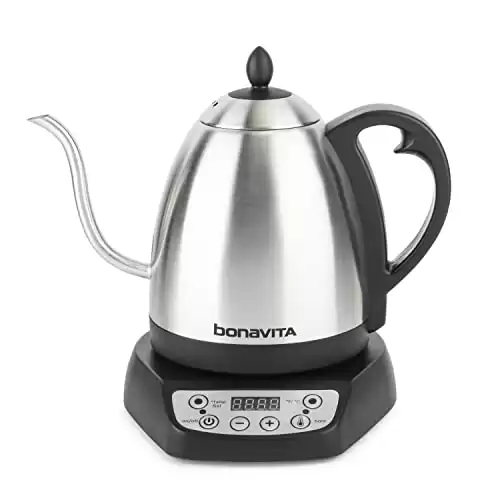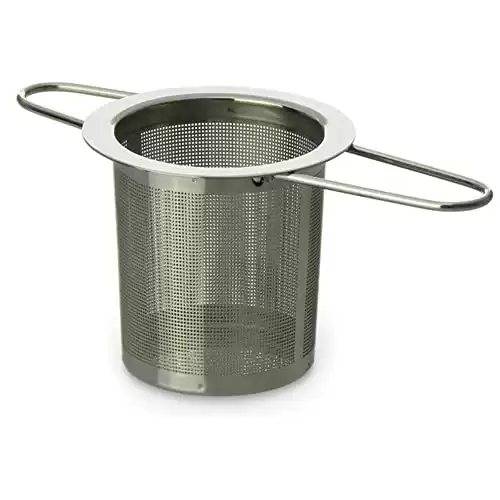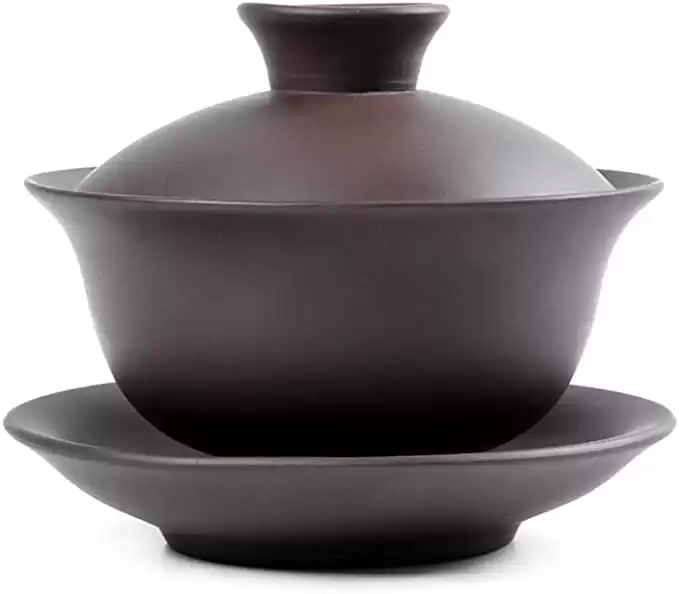The freedom of tea says you can brew your tea as you like and you will find your favorite way along the journey. I promise.
Getting started can appear intimidating but in reality, tea is simple and before you know it you will be brewing your favorite cups of tea effortlessly.
There is a semi precise process to brew the best cup of tea. Each variety of tea requires a certain water temperature and an individual steeping (brewing) time.
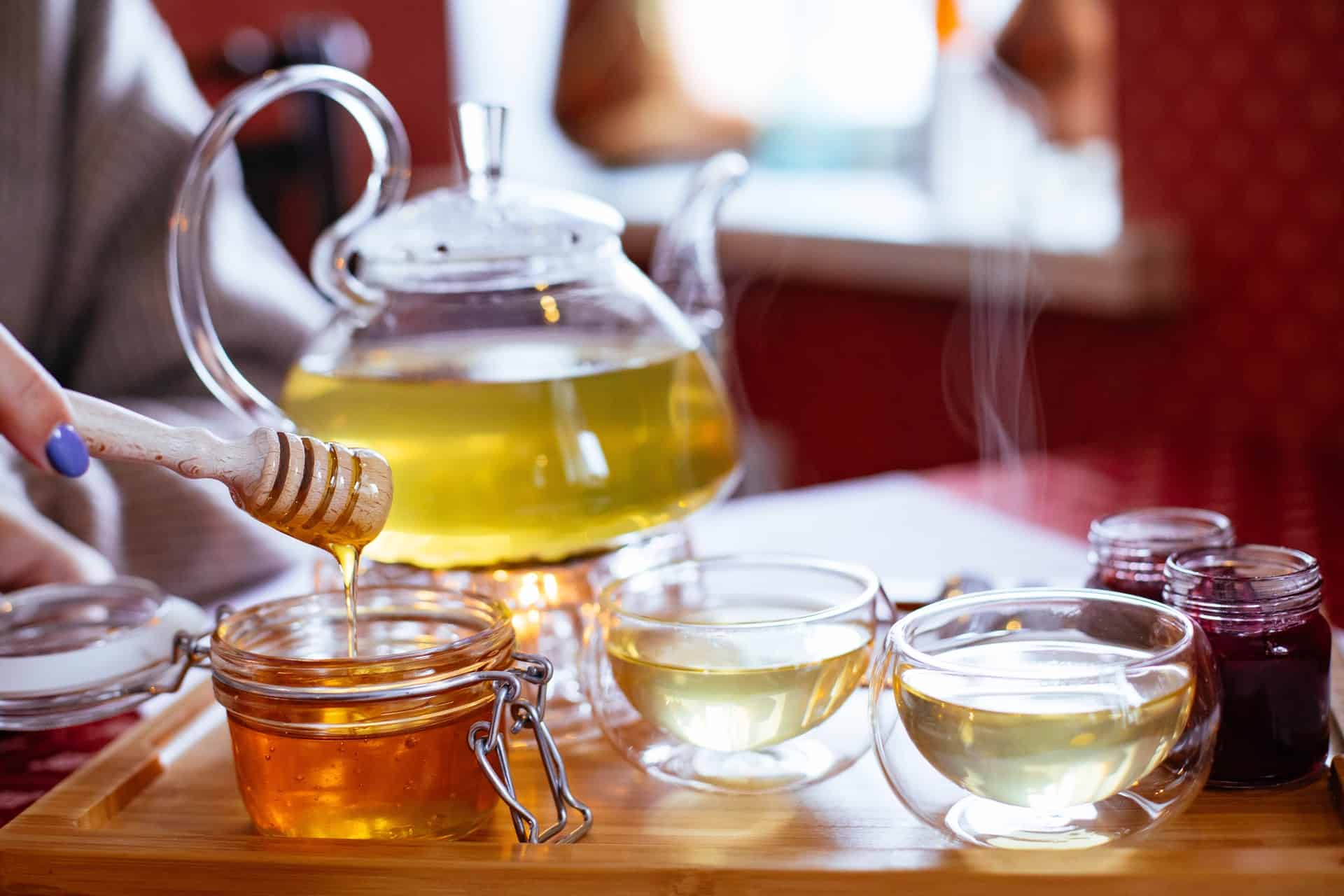
Choose your tea
The best way I can describe the difference in tea that is in a bag as to tea that is loose (no bag) is this. When a craftsman saws a piece of wood to make a project his finished project is the perfect cut and perfect piece of wood. What is left on the floor is the dust and slivers.
In the tea world, that dust is called fannings. While the dust of the wood can still be used for other less than perfect projects like mixing it with glue to make similar boards or even mixing it with wax to make a longer-lasting candle. The woodsman wants that perfected cut piece of wood.
While the fannings on the tea floor can be swept into tea bags and produce a cup of tea. What tea drinkers want is that perfect cup of tea. That cup starts with the perfect leaf of the tea, not the dust that is left behind. Single leaf or whole leaf tea is what will make your tea experience the best.
If you are new to tea enjoy the journey how you can. Water temperature absolutely plays a role in the taste of tea, as well as the quality of tea. Read this article about tea quality.
Measure the correct amount of tea
A general rule of thumb is 1-2 teaspoons per 8 oz of water or 4 teaspoons per teapot that holds approximately 4 cups of water.
You can use a general teaspoon. I choose to have separate utensils for my tea and use this as my tea measuring guide.
There are even fun teaspoons you can purchase like this one:
Customized teaspoons are always an option. Great gifts and perfect showpieces. What would your teaspoon say?
Heat your water
The quality of your water comes into play here. Tea is mainly water with infused leaves, so water quality is important. I do not know of any tap water that is quality enough for tea brewing. I suggest using filtered water. Avoid using tap, distilled, or mineral water. You can also experiment with several different bottled filtered or spring waters. One of the best waters I have had for tea is
The pH of LIFEWTR is in the range of 6.4 to 7.4 LIFEWTR contains the electrolytes Magnesium Sulfate and Potassium Bicarbonate. These are added for taste.
If your only choice is tap, let it run until it is as cold as it can get. By running the water oxygen is added and helps give your tea a better flavor. In reverse, by boiling your water the oxygen is again released from water. So be careful not to allow your water to boil (or overboil).
Now the science or chi of tea comes in. See the chart below for suggested tea brewing temperatures and times. But also know if you do not have a variable temperature tea kettle
Water brewing guide
Average brewing instructions:
These are common instructions for brewing teas:
| TEA | TEMPERATURES | TIMING |
| BLACK | 205 F | 3-5 minutes |
| OOLONG | 185 F | 3-4 minutes |
| WHITE | 185 F | 3-4 minutes |
| GREEN | 176 F | 2-3 minutes |
| YELLOW | 176 F | 2-4 minutes |
| HERBAL | 212 F | 5-9 minutes |
**If the company suggests other brewing start by following their instructions.
There is a way to tell the temperature of your water by looking at the bubbles. There are 5 ways to measure tea according to the bubbles. An ancient Chinese way to know when the water is perfect for the tea of choice:
Shrimp eyes – happen at around 160 degrees. It’s when the water just starts to form tiny bubbles.
Crab eyes – At around 174 degrees, slightly larger bubbles and some steam escape from your water.
Fish eyes – Bubbles the size of small pears and more steam. The temperature is around 180 degrees.
Rope of pearls – Almost a boil, with bubbles streaming to the top. The temperature is 200-205 degrees.
Raging Torrent – Like a rapid river ride, water is boiling and lots of steam and oxygen is escaping. Boiling water is good for Pu’erh teas. Be careful not to lose too much oxygen at this stage.
Watching water boil for tea is very soothing, the bubbles have a very calming effect. If you do not feel like watching the bubbles I suggest:
One-touch controls, 30-Minute keep warm option, stay-cool nonslip handle, 360-degree swivel power base for a cordless experience, and auto safety shutoff. Oh yes and it's stainless steel.
And if you want to get really fancy :
LED Digital Display - 1.7 Liter - BPA-Free - Stainless Steel Double Insulated Wall - Boil Dry Protection - Keeps Warm Up to 2 Hours - Cordless, Black
Never ever never microwave your water. The way the microwave heats the water is fast and hard. It will be too intense. You want your tea leaves to unfurl gracefully allowing the tea to gently blend with your water and create the perfect cup of tea.
Some other choices for brewing your water are:
Stovetop tea kettles
A stainless steel kettle that whistles. There's no ceremony here. But there is hot water that comes to temperature on a stove top. This kettle is easy to use. Fill It with water, replace the lid and put it on the stovetop.
Electric Tea Kettle
If nothing else is available, a stainless steel pan will do the trick
Where do I put my tea leaves?
Whether you use an infuser or not the tea leaves will need to be removed from your cup. An infuser is a metal or silicone tool with very small holes that are big enough to allow the tea leaves to unfurl and expand. The holes allow just the tea essence to escape into the teacup.
There are many different varieties of tea infusers. Here are a few we suggest:
Again it is a personal choice, I’m not a fan of purchased tea in tea bags so for me loose-leaf is my passion.
When brewing your water you want to use healthy alternatives like glass, stainless, and even clay. Any option is better than a microwave. Our suggestions for teapots are found in this article.
Pour the water over your tea leaves
Simple and easy, enjoy this step, breath in the aroma of the leaves blending with the water to create a scent sensation.
There are a few different methods to brew tea. Those include but are not limited to:
Pouring water into your teacup with the leaves floating freely, once the leaves fall to the lower part of the cup, enjoy your cup of tea.
Another method most familiar is brewing the tea in the kettle and pouring it strained into your teacup.
Perfect size and the right size and amount of infusing holes so the tea does not escape but the infused tea does.
The final method we will talk about today is the best way to really get the flavor and enjoyment out of brewing your tea. It is the Chinese method of brewing tea using a Gaiwan
Handmade Chinese teacup with saucer and lid made of purple clay. The purple clay gives his cup a very unique hue and feel. Each cup is created by hand and unique. The cup is not glazed. The feel of the cup is not rough but does allow for a better grip than a glazed ceramic teacup. The texture is similar to a terra cotta. It does allow this gaiwan to be easily grasped and poured.
Gongfu (the art of doing something well) is more of a ceremony and tribute to the ea you drink. I look at it as if you are honoring the tea.
It is a Chinese tea ceremony and can serve 1-4 people correctly. Learn more about the Gong Fu ceremony article
Can I sweeten my tea or add lemon?
If you enjoy milk, honey, lemon, or sugars in your tea now would be the time to add them. HOWEVER, my suggestion is to try your tea plain. Remove the cover-up ingredients if just for the first cup to really enjoy the taste of the tea. You may actually enjoy the flavor of your tea without adding anything to it. Give it a try.
Allow your tea to steep
While we give you guidelines, the choice is up to you. However brewing a tea for longer will make it bitter, not stronger. If you like a stronger tea just add more tea leaves. While there is a science to steeping your tea brewing it a minute more or less is not going to destroy your tea. Tea is flexible and forgiving.
More than one steeping per tea? Never with a teabag. You can get one or two more steepings from your loose leaf tea. It all depends on the tea. Your steeping time will need to increase and of course, the flavor will change. It’s fun to experiment with steepings and infusions.
Let it cool, (just a bit)
First tea that is too hot will burn your lips and tongue and is not a pleasure to drink. Allow your tea to cool just a bit allowing the tea to settle and give you the best experience in your cup. You will enjoy both the bold and subtle flavors of your tea.
ENJOY
** As always stated by My Tea Vault, we think you should enjoy tea the way you like it, I like mine very strong with no sweetener, these are just guidelines and I suggest you use the guideline to learn about the teas you are drinking, then adjust for your own tastes.

